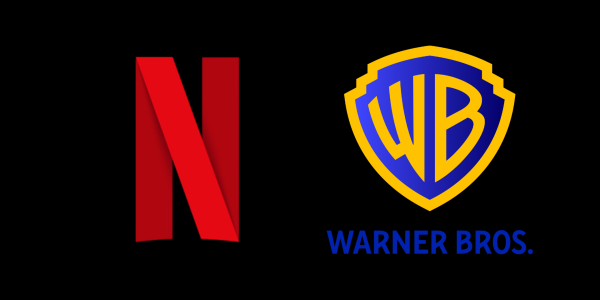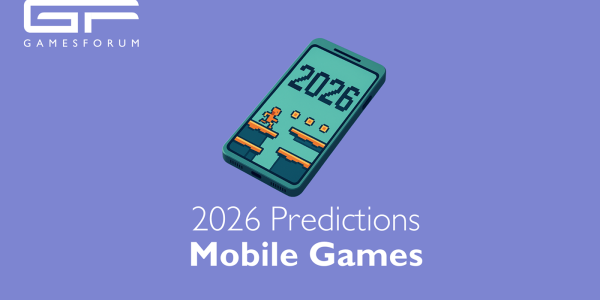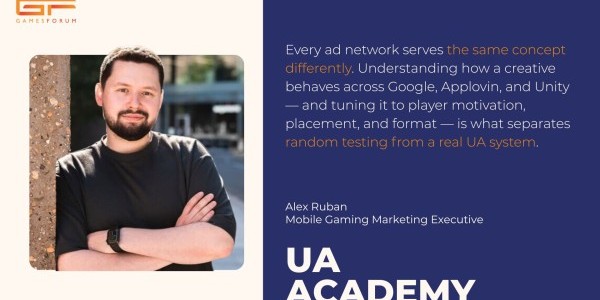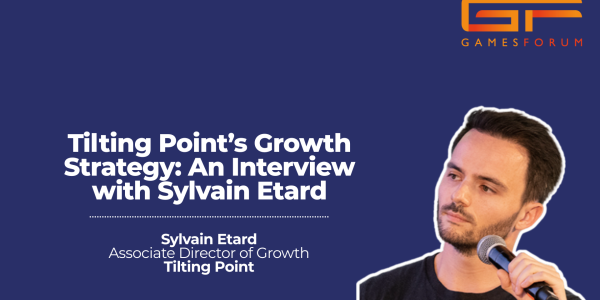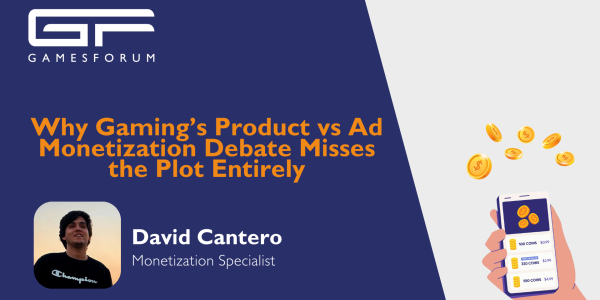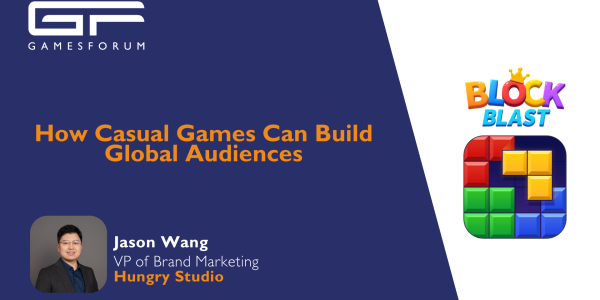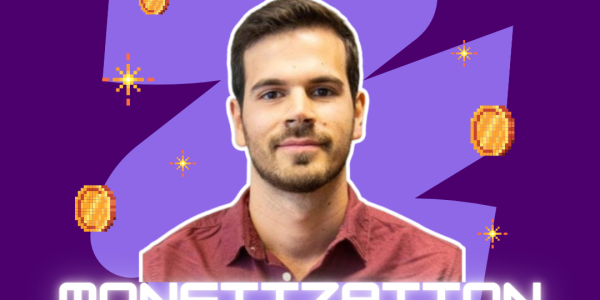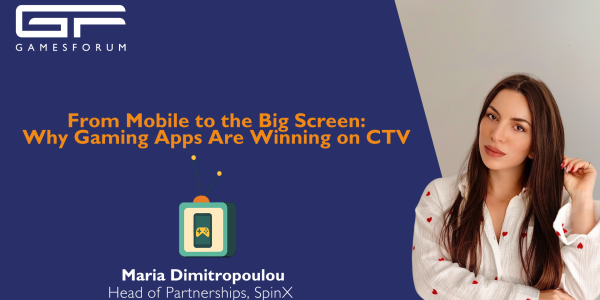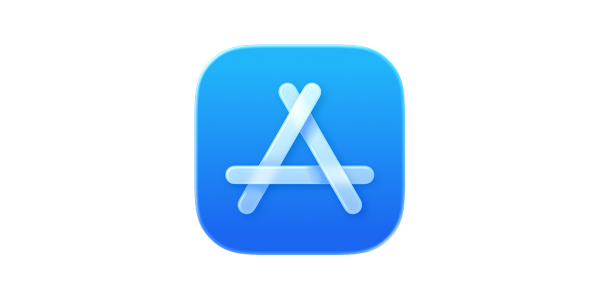How Duolingo’s ad move could signal the next wave for gaming and consumer apps
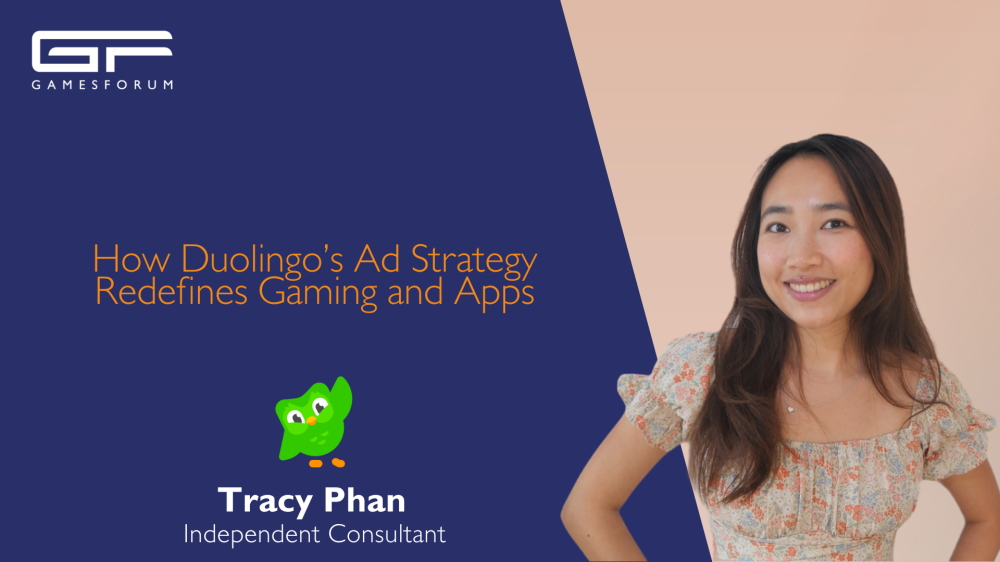
When Duolingo quietly announced that it’s launching its own ad platform, my first thought was: It’s about time!
And maybe, the rest of the Game/Consumer App industry should pay attention, too.
🧩 The Thesis - Why it makes perfect sense for Duolingo
If 90% of your users are on the free tier, ads are your product.
And if your entire business depends on not annoying those users, you’d better control exactly what, when, and how those ads show up.
So Duolingo did the most logical thing: it stopped outsourcing that control.
Here’s why it matters:
1 stone, 3 🦉
1️⃣ Protecting user experience
It is an unpleasant truth, but the current standard for in-app ads… really sucks….
We’ve somehow normalized rewarded videos that last up to 99 seconds, followed by 13-second end cards that force players to tap into a store page just to close the ad.
What have we done for the industry to accept this? The ad experience that was supposed to reward players has turned into something they endure.
With the move to build its own platform, Duolingo is taking back their control, deciding which formats to allow, how long an ad runs, and what “good UX” actually means.
2️⃣ Unlocking brand budgets
Performance ads have always been easy money.
But there’s a whole other world of brand advertisers that care about audience context, storytelling, and engagement - not just installs (and additionally, not competing for the same attention as your users)
By going in-house, Duolingo can sell directly to those advertisers.
Imagine animated, character-driven ads that blend into the Duolingo universe - the type of ads and relationships that purely programmatic ads from AppLovin MAX or AdMob cannot deliver.
Of course, this doesn’t mean that they’ll part ways with performance budget (that’d be crazy), but more direct access to the end advertisers, and smarter in allocating their inventory where CPM is more predictable and transparent.
3️⃣ First-party data & control
Post-ATT and post-cookie, data is power.
Duolingo, and some large game publishers out there own a special kind of relationship with users: authenticated emails and in-game/app behaviors. And this is a gold mine to advertisers.
Duolingo can unify ad engagement, churn, and learning progress data to build better targeting for external advertisers or retargeting their free users, and potentially smarter LTV models to assist their UA efforts.
In a world where privacy walls keep rising, the only way to see clearly is to own the glass.
🎮 Why are we not seeing more of this in gaming?
There are exceptions: Scopely, Zynga, and a handful of large studios that have experimented with private marketplaces or direct SSP connections. But for most developers, the idea of “building an ad platform” sounds terrifyingly expensive and complex.
Most prefer running on plug-and-play mediation - MAX, LevelPlay or AdMob. It’s quick, reliable, and scales beautifully. But it also means their monetization lives inside someone else’s black box.
It’s easy to think of it that way, especially when you don’t see ads as an integral part of the product, but only as a means to an end…
So when does it start to make sense?
I’m in no way saying building an ad platform is a smart decision for every studio/publisher. But here’s a guide to look at the stack:
| Stage | Description | In-house potential |
| Scale | <1M DAU, still focusing on Game pipeline & UA | Focus on mediation efficiency. Don’t reinvent the wheel yet. |
| Growth | proven UA pipeline, >1M DAU | Start building direct relationships with the networks, SSPs out there. Begin owning your demand data. |
| Mature | 10M+ DAU, strong analytics team | Build an “ad layer” internally: own ad server (in-house or 3rd party), direct brand deals, custom formats, unified data stack. |
And hey, I’m not saying you should replace mediation either - just make sure you have control on whose ads are running and how the auctions work.
Own the pipes that matter most, outsource what doesn’t.
💬 My final 2 cents
When an app like Duolingo takes ad delivery in-house, it’s about owning their audience and making ads an integral part of their business, not a second citizen.
This type of move is not new:
- Spotify runs its own Spotify Audience Network.
- Netflix built its AdTech stack from scratch.
- Even Reddit and Uber have moved towards the same direction - building ad systems that blend commerce, context, and content in a closed loop.
So, while consumer apps are learning gamification from gaming, maybe it’s time for gaming to start learning monetization from consumer apps, too?

